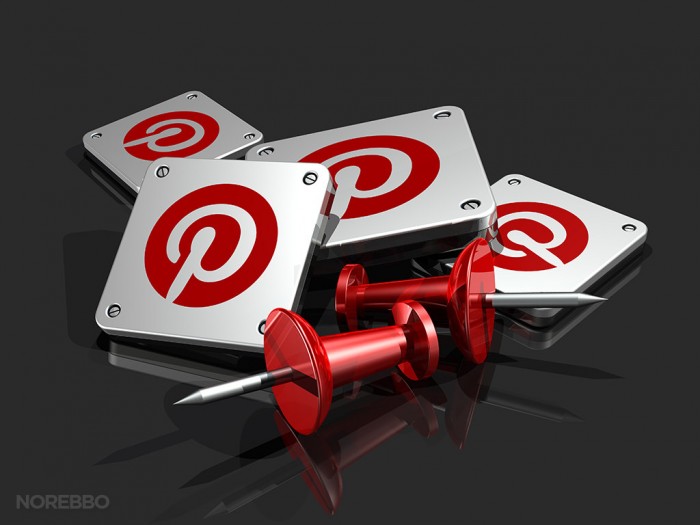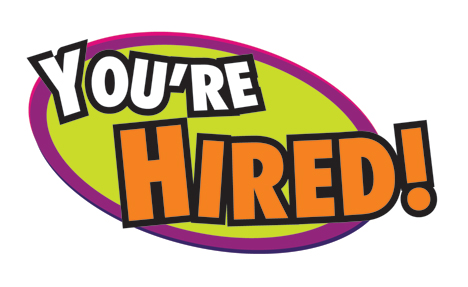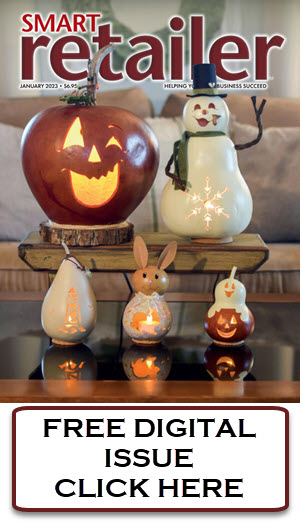
By Nicole Leinbach Hoffman
Retail employees are the backbone of merchant success. Yet too often, the focus is on the customer without connecting the employee to the impact they have on customers.
Year-round, the opportunity for store associates to boost customer care, connectivity, loyalty, referrals, and, of course, sales, is critical to the overall success of a business. But how does this happen?
Factor in the challenges of generational differences among employees and customers alike and whew … it is exhausting to even think about the numerous ways customer and employee collisions may happen! After all, on the path to purchase, it is important to always consider what detours may get in the way of a transaction. And like it or not, employees are one of them.
To help strengthen your customer care through employee connectivity, begin by recognizing how communication is key despite any generational gaps. From Gen Z college students and stay-at-home Millennial moms to shopping addicted Boomers and hard-working — often multi-tasking — Gen Xers, there are a lot of personalities, lifestyle preferences, communication ideals, and more to consider.
But first, aim to understand the generational differences and more so the generational preferences when it comes to communication. These factors can help you support both employees and customers alike.
A Look at Generations and Their Preference of Communication
Communication styles and preferences vary across generations, which is why it is important to understand how each generation prefers to be communicated with. Now — let’s be honest — this is not a black and white rule book to live by. However, when approached with the goal of trying to better understand how individuals vary, this can help retailers better support their employees and customers.
Generally, Baby Boomers prefer face-to-face interactions, phone calls, and in-person meetings. This is great for brick-and-mortar stores, but do not ignore the general understanding of why they are the way they are.
Baby Boomers grew up using rotary phones, so depending on which Baby Boomer you are communicating with, remember not all prefer today’s modern tech for communication. Boomers often have more leisure time, so chatting in depth is something they may lean into as well.
Generation X tends to prefer a balance between traditional and modern communication methods, including email, face-to-face interactions, text messaging, and social media. Of all the generations, they tend to be the most flexible in terms of understanding the variations of today’s communication standards since they can relate to their immediate older generational peers and younger generational peers.
Millennials are an example of employees and consumers who distinctly like what they like and do not like what they do not like. This includes how they communicate, with texting, talking, and posting all equally valuable to them but not always in the expanded details older peers may desire. Encouraging more elaborate or in-depth communication from this generation is often helpful to support stronger communication understanding from their audience — regardless of which side of the equation they stand on.
Generation Z uses more visual, accelerated methods of communication thanks to their upbringing with social media as a key part of their communication learnings. Think videos, visual displays with strong pictures, and snappy but effective conversations that get to the point. Generation Z values personalization and authenticity in communication as well, so do not look at this generation as a one size fits all.
The Alpha Generation includes young consumers and young employees alike. They are still learning best practices in spending, buying, and communicating, so make sure this generation is nurtured with some TLC, despite how frustrating it may sometimes feel to more mature counterparts.
Looking down at their phones is common for this generation. As leaders of a business, it is critical to identify store standards about not just how to communicate but also what is not accepted while on the clock.
To bridge communication gaps between each of these generations, you can:
The rest of this article can be seen only by paid members who are logged in.Have a website login already? Log in and start reading now.
Never created a website login before? Find your Customer Number (it’s on your mailing label) and register here.
JOIN HERE: IT’S FREE!
Still have questions? Contact us here.
Nicole Leinbach Hoffman is the founder of RetailMinded.com, a well-respected retail industry resource that has been recognized worldwide for its leading business insight since 2007. Her work has been featured in Forbes, Entrepreneur, Business Insider, the UK’s Telegraph, CNN, the Today show, and countless other industry resources. Additionally, she has supported American Express’s Small Business Saturday as a spokesperson and is the author of the book Retail 101: The Guide to Managing and Marketing Your Retail Business, published by McGraw-Hill. With a core concentration on small businesses and independent retailers, she welcomes you to connect via Instagram at @RetailMindedWorld and Twitter via @RetailMinded.








